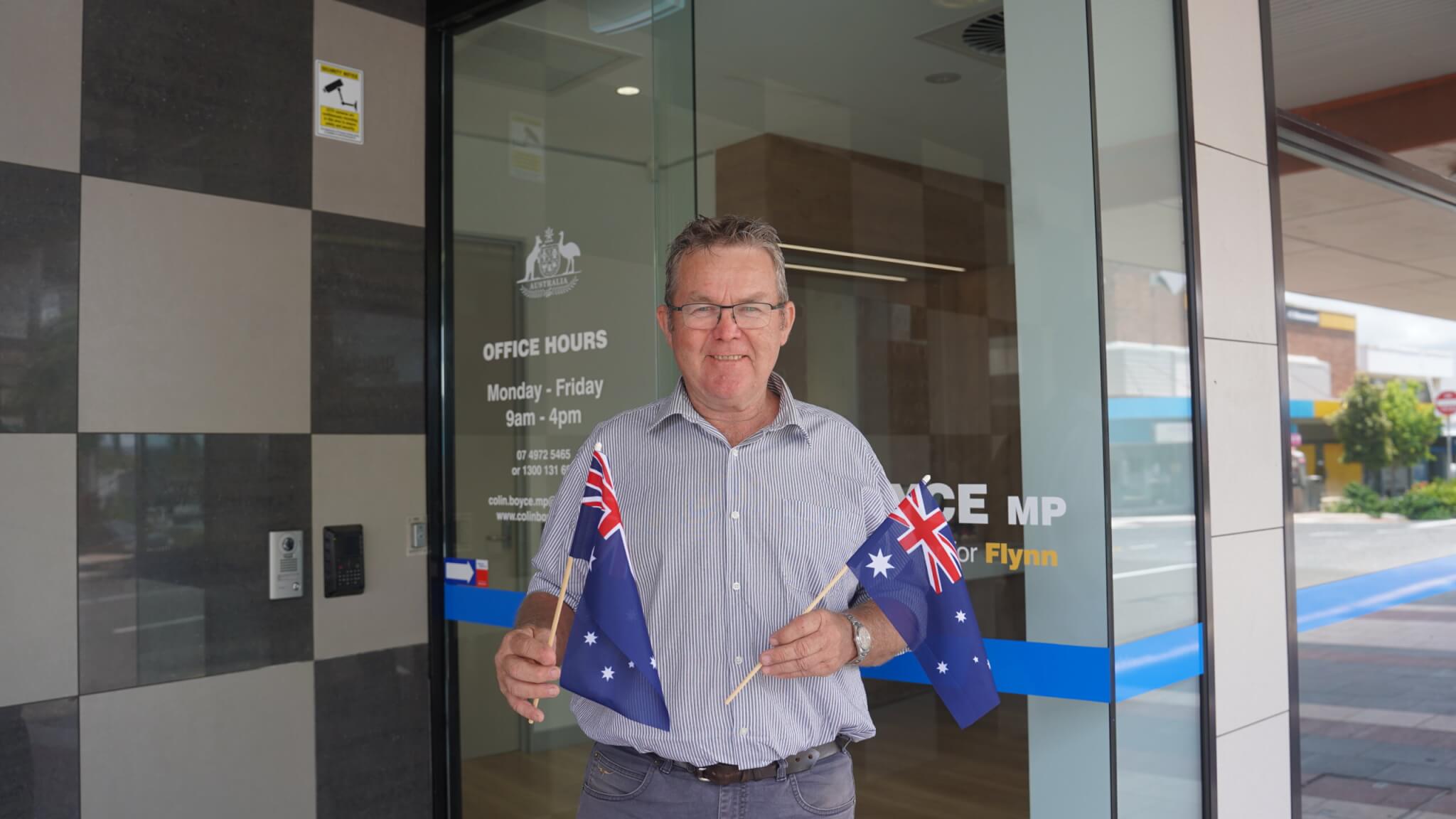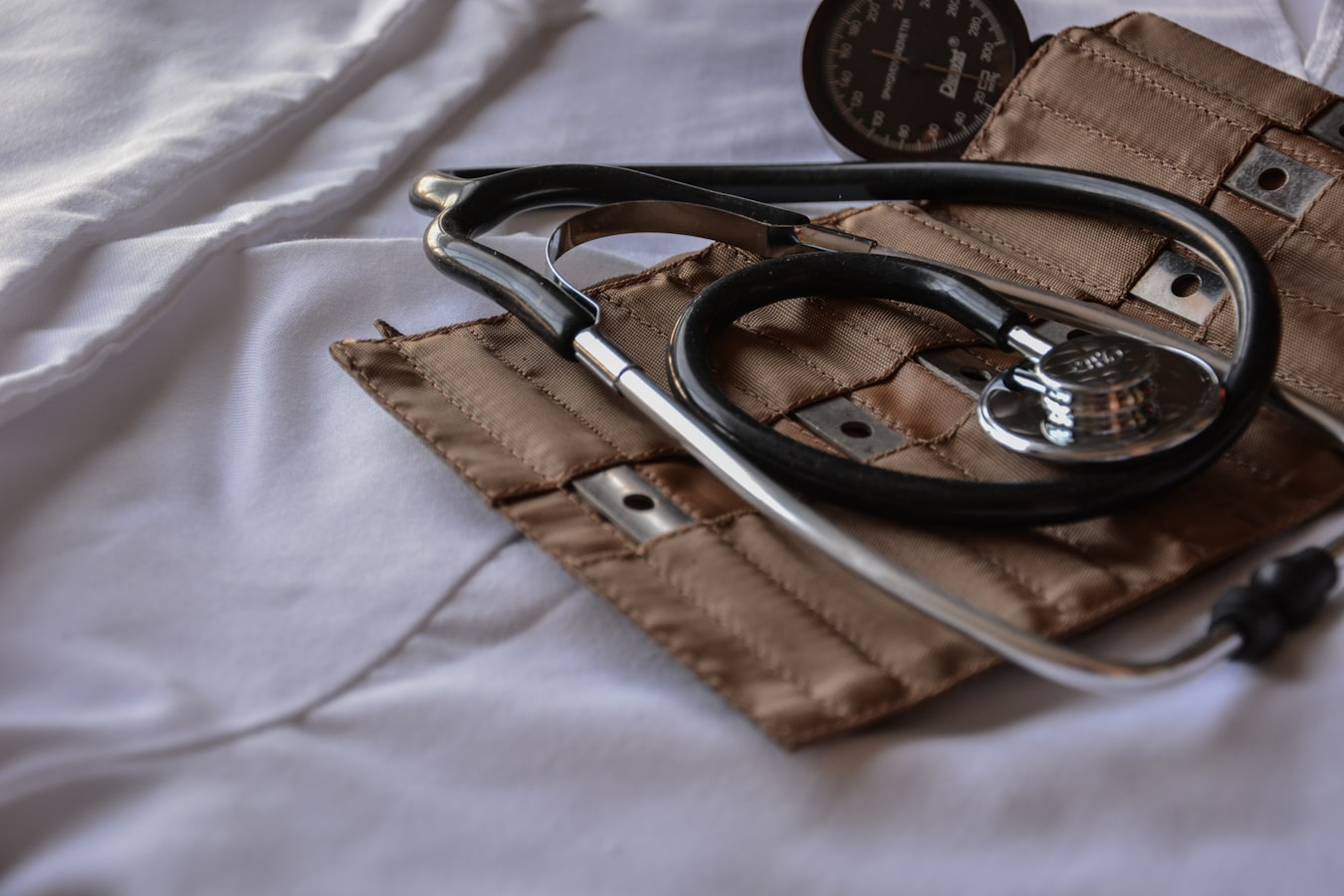PARTNER RELEASE – Breast milk donated by Australian mothers will for the first time be used to create a “milk fortifier” prototype – a nutrient dense supplement that can help premature and low-weight babies grow.
Lifeblood Milk and the South Australian Health and Medical Research Institute (SAHMRI) are today announcing the development of a prototype in collaboration with CSIRO, Australia’s national science agency.
Mother’s own milk is the best nutrition, but babies born less than 1500g and before 32 weeks gestation often need extra nutrients for rapid growth at a time important for brain and gut development.
Australian hospitals offer milk fortifier made from cow’s milk, but there is no fortifier made from breast milk currently available in Australia.
“Cow’s milk proteins are difficult for tiny guts to digest, and may increase the risk of a deadly gut disease known as necrotising enterocolitis,” said neonatologist and SAHMRI researcher, Dr Amy Keir.
“A fortifier made from human milk could give these babies the extra nutrition they need, without exposing them to cow’s milk products.”
Lifeblood Milk has so far provided 3513 litres of milk donated by 575 mothers to feed around 2000 preterm babies in 11 NICUs in South Australia, New South Wales, and Queensland.
“We have so many generous donors that we have the capability to investigate new ways we can help babies while still ensuring that we can supply donor milk to babies who need it,” said Lifeblood Milk researcher Laura Klein
“We’re partnering with SAHMRI to lead an exciting initiative to explore new products that can be made from donated breast milk, to help vulnerable babies get the nutrition they need in early life,”
“We know the clinicians who care for premature and low-weight babies are concerned about their nutrition and growth, and health benefits created in early weeks can last a lifetime,”
“We’ve worked with CSIRO to produce a fortifier prototype. Our next steps are to perfect the process and scale up production in order to start clinical trials.”
CSIRO, Australia’s national science agency, has a history of dairy research and innovation over more than 80 years.
Dr Jared Raynes, protein scientist and CSIRO’s project leader for the milk fortifier, explained how the team make it.
“We adjust the ratios of fat, protein, carbohydrates and calories in donated breast milk through a concentration process to make it best for premature babies,” Dr Raynes said.
“It gets added back in to mother’s milk in the hospital to increase the nutrients the babies are getting,” he said.
“We used our expertise in dairy science and nutrition, along with our specific dairy equipment, to create the new fortifier.”
Associate Professor Alice Rumbold, the head of SAHMRI’s Milk and Lactation Research Group, says a diverse consortium that includes parents as well as researchers, clinicians and other experts is committed to developing a range of human donor milk-based products, with the fortifier being the first goal.
“There will be challenges along the way but we have the support of industry experts and advocates including Miracle Babies, the Australian and New Zealand Neonatal Network and Australian Breastfeeding Association,”
“Ultimately, the goal of this partnership is to make products from voluntary breast milk donations widely available for the first time in Australia, to improve health outcomes for our tiniest and most vulnerable babies.”
For further information on SAHMRI research visit www.sahmri.org .To donate to Lifeblood Milk visit https://www.milkbank.com.au/
This media release originally appeared on: https://www.donateblood.com.au/media/news/








